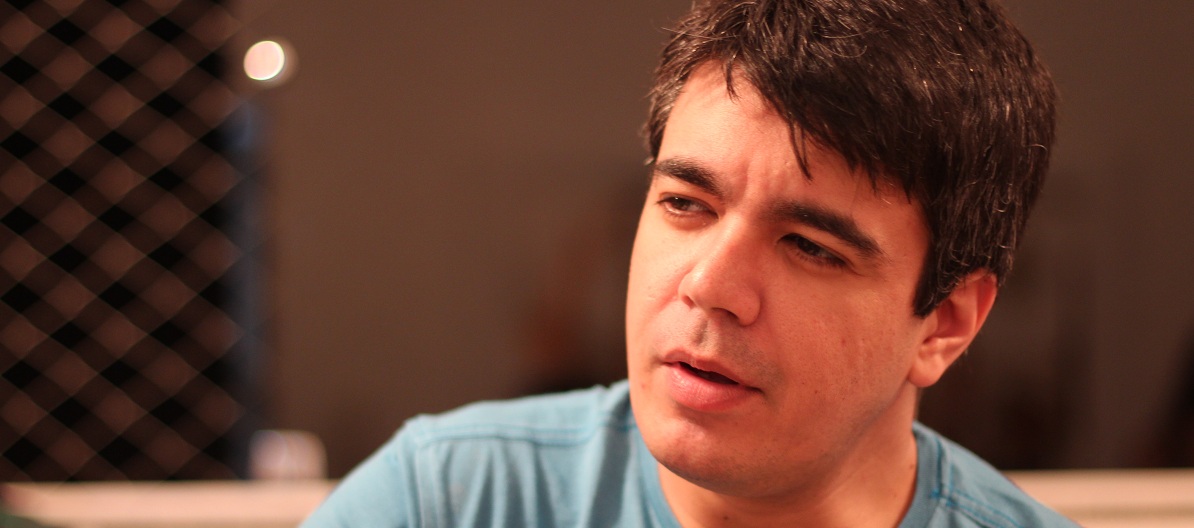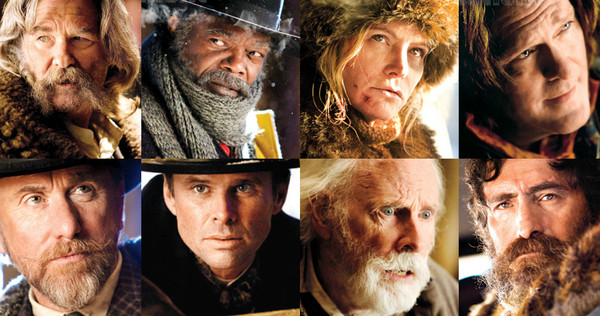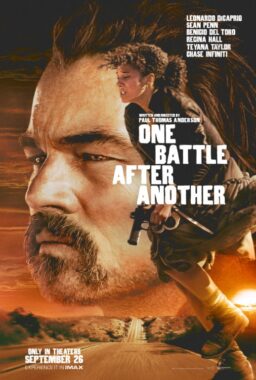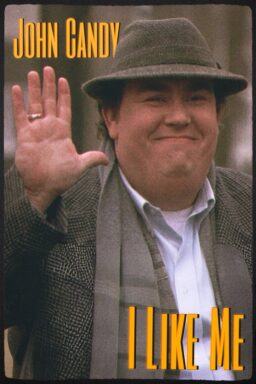One of the classic ways of creating an allegory lies in employing a microcosm as a representation of the macro; the particular as a symbol of something broader; the detail as a substitute for the general. It’s what allows, for example, that the trajectory of the Corleone family be used as a reference to the very History of the United States and the Mafia in Coppola’s trilogy as a commentary on capitalism—and it’s also what makes “The Hateful Eight” something bigger than simply a nihilistic exercise.
Yes, in a purely superficial reading, this film by Quentin Tarantino seems to be satisfied just to put many despicable characters in the same space for a few hours until their natures lead them to mutual destruction, but a more careful look points to an ambitious intention behind the narrative constructed by the filmmaker.
To a greater or lesser extent, the filmography of Tarantino constantly deals with political and/or social issues such as prejudice, whether it’s expressed through racism or sexism—and no wonder, his plots often revolve around characters seeking revenge, allowing their personal pain to function as bloody spectacles of collective catharsis through the possibility of reparation against Nazism (“Inglourious Basterds“), misogyny (“Death Proof”) or slavery (“Django Unchained”). So, it’s no surprise that behind the seemingly simple plot of “The Hateful Eight” there is a considerably more complex discussion.
First, let’s analyze the individuals the filmmaker puts in the cabin that serves as the movie’s stage: there is a black man (Samuel L. Jackson’s Major Warren) and a representative of the racist Confederation (Bruce Dern’s General Smithers); there is a guy who supposedly got rich by becoming a partner in a venture (Michael Madsen’s Joe Gage) and the poor stagecoach driver who is required to work more than everyone else (James Parks’ O.B. Jackson); there’s representative of the Law (Kurt Russell’s John Ruth) and one who threatens the Order (Jennifer Jason Leigh’s Daisy); and there is, finally, the British guy who symbolizes those who colonized America (Tim Roth’s Oswald Mobray) and the Mexican man representing the colonialist nature of the newly formed country (Demián Bechir’s Bob). We soon discovered, also, how General Smithers massacred a battalion of black soldiers, how Major Warren massacred a contingent of Indians, how Minnie (the owner of the cabin, who was black) hated Mexicans and how everyone seems comfortable in beating or threatening Daisy, the only woman in the group.
It does not require much imagination, therefore, to see how the space shared by all those people from different backgrounds is a representation of America itself—a country that remains a stage of growing demonstrations of intolerance against all kinds of minority: blacks, gays, Latinos, women, and in a more and more obvious way, Muslims. So when the “The Hateful Eight” presents its last chapter as “Black Man, White Hell”, the racial connotation is unquestionable (even if “white” also refers to the snow surrounding the characters). Nor is it a coincidence that the racist Mannix and the black Major Warren unite to kill Daisy, suggesting that the alliance established by sex is stronger than the discord based on race.
Similarly, the bellicose nature of America, a nation built upon constant wars, is criticized just after the final fade out, when Roy Orbison’s voice is heard singing “There Won’t Be Many Coming Home”—a song with lyrics that confirm Tarantino’s allegorical intentions:
“Listen all you people
Try and understand
You may be a soldier
Woman, child or man
But there will not be many coming home
(…)
Look real closely at the soldier
Coming at you through the haze
He may be the younger brother who ran away
And before you kill another
Listen to what I say
Oh, there will not be many coming home. “
It is in this context that we finally understand the importance of the letter attributed to Abraham Lincoln and that is carried by Major Warren. Mentioned several times during the film, the letter’s content is fully revealed only after the sadistic execution of Daisy, presenting itself as an ironic comment about the brutality we have witnessed in the last three hours. “We still have a long way to go,” writes “Lincoln,” adding optimistically: “But, hand in hand, we will get there.”
While Mannix read these words, Tarantino pulls back his camera to reveal the suspended body of Daisy—which, of course, is still handcuffed to the severed arm of John Ruth.
That certainly was not what the hopeful “Lincoln” had in mind when he used the phrase “hand in hand.”
And if we consider that, in this context, Daisy herself can be seen as a symbol of America (disputed by groups in constant battle until she becomes a bloodied body), there will be just a final conclusion to make:
Quentin Tarantino is a genius.












